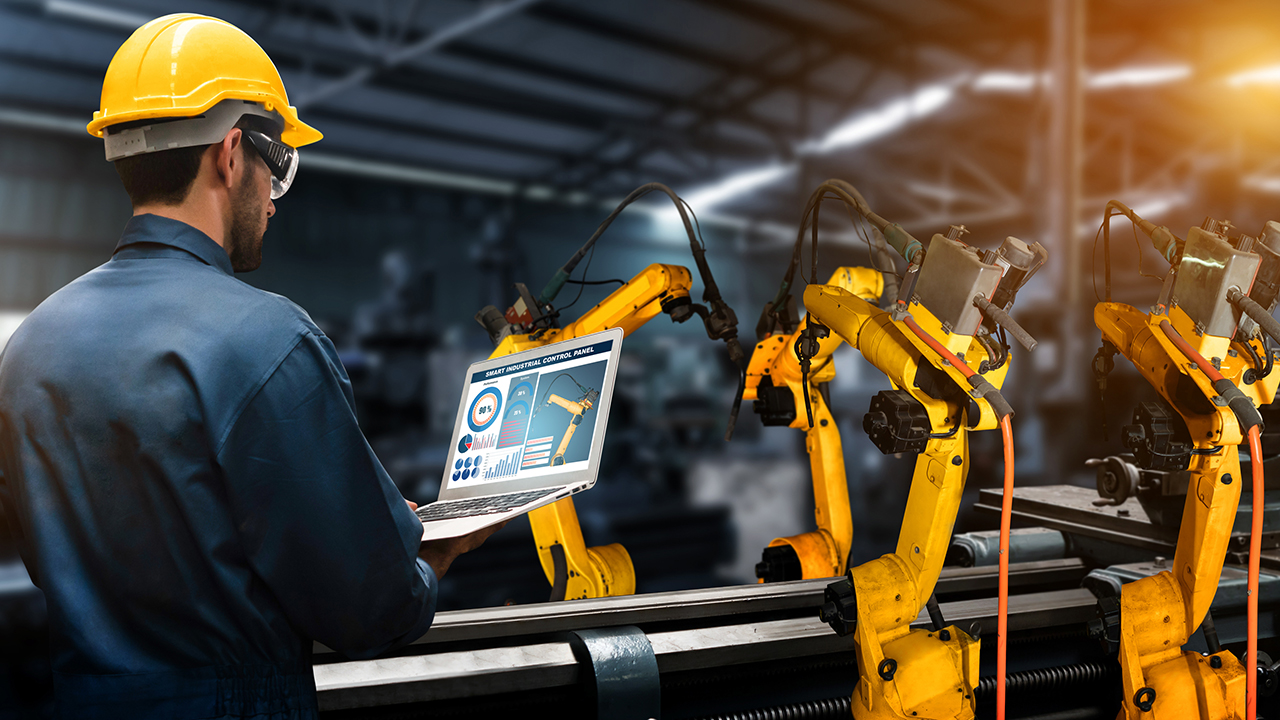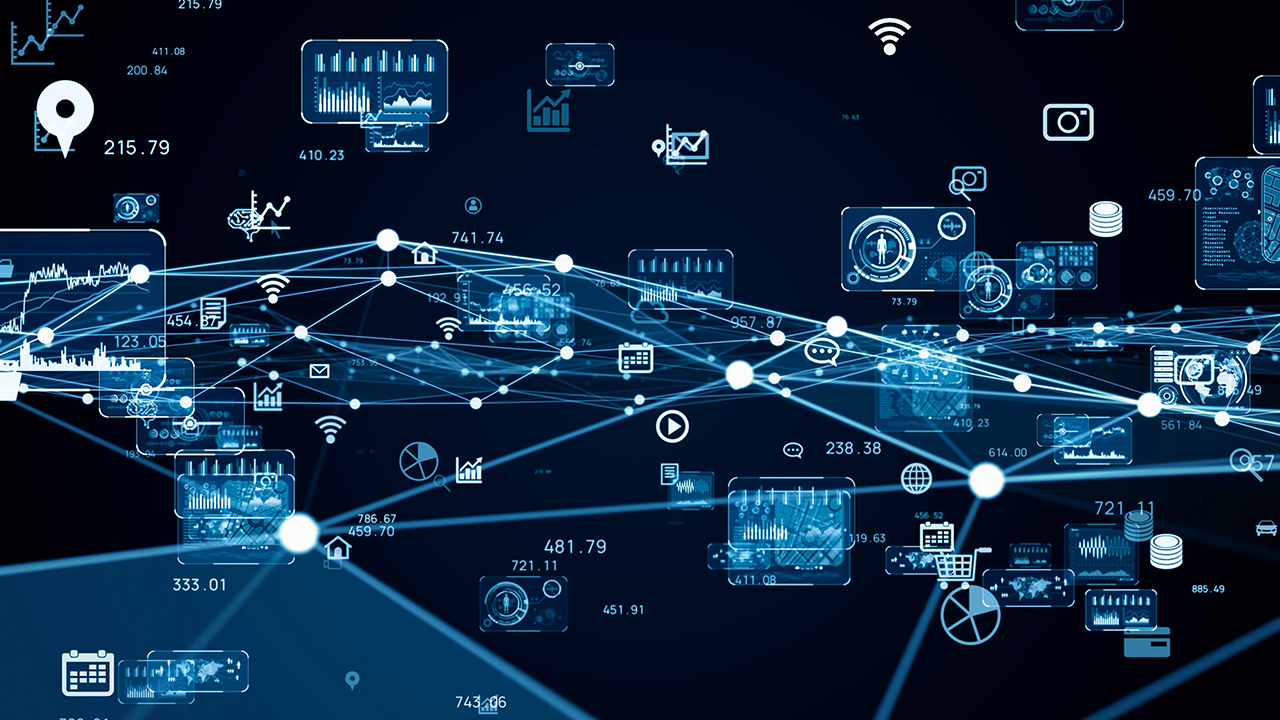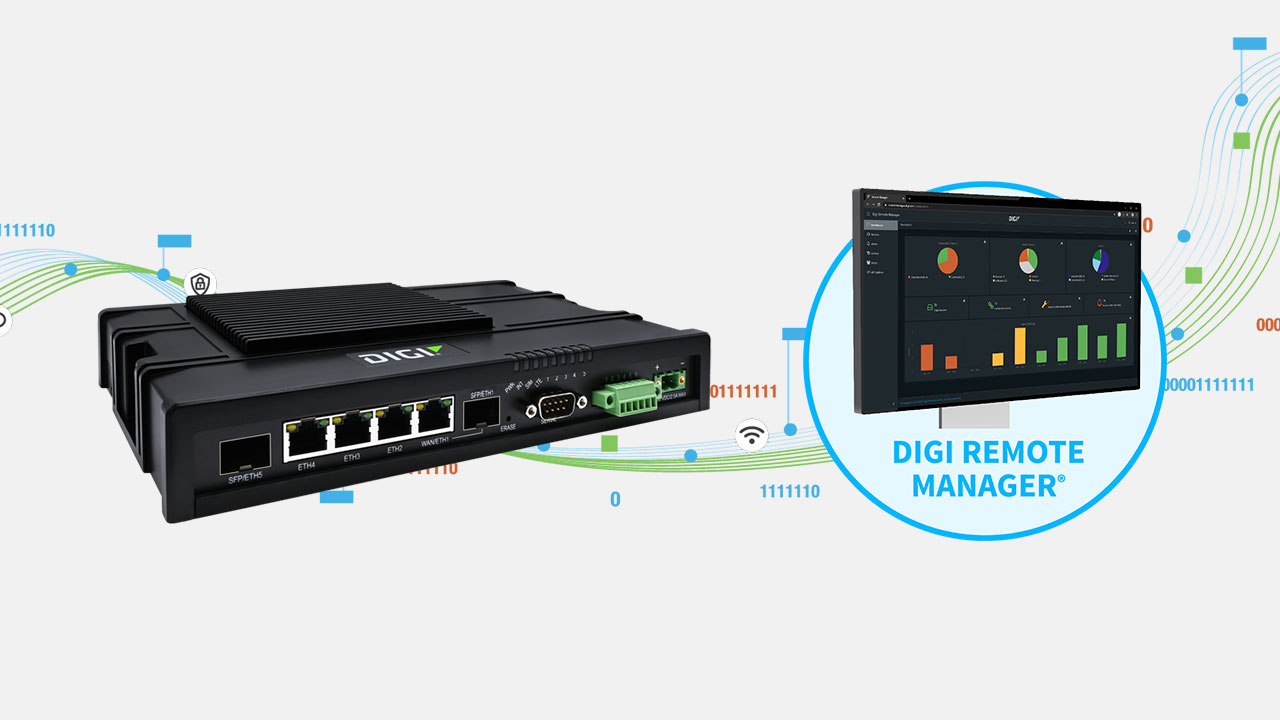The Internet of Things (IoT) has functionally revolutionized the manufacturing and production sector. Through IoT
industrial technology, factory floors experience heightened efficiency, greater precision, and optimized performance, all while improving safety. 5G edge computing creates opportunities for the next evolution in
industrial IoT, functionally setting the stage for
industry 4.0.
While many people are aware of 5G and edge computing as separate technologies, not all understand how the two intertwine. Similarly, some overlook the potential benefits of harnessing edge computing and 5G together, including the advantage 5G edge computing provides early adopters.
5G edge computing offers superior network performance for industrial IoT and industrial automation, offering enhanced throughput and significantly reduced latency when compared to its 4G LTE predecessor. Plus, it allows manufacturers to experience enhanced security within private networks, all while providing edge virtualization that functionally reshapes IoT.
What Is 5G Edge Computing?
5G edge computing is the intersection of two technologies: 5G network technology and edge computing. It brings together high-speed network technology with decentralized computational power to enhance operational efficiency and make data-driven adjustments in near or true real-time.

5G networks are an evolution in wireless connectivity, offering significant improvements over the capabilities of their predecessors. Overall, 5G provides three primary advantages:
- Accelerated data transmission, reaching up to multi-Gigabit/s and outpacing 4G LTE by up to 10-fold
- Reduced latency, potentially down to single-digit milliseconds
- Increased capacity with increased bandwidth, supporting more IoT devices simultaneously
Edge computing involves data processing that occurs at the “edge” of a network. With traditional approaches, data is transferred to a central location to complete computations and generate a command, which then must travel back to the originating device. That creates an innate level of latency.
With edge computing, computations occur at the device level. Data isn’t sent to a central location for processing — instead, happening at the edge of the IoT technology stack — accelerating command issuance and eliminating unnecessary latency. Functionally, edge computing saves time, and since data isn’t transmitted to a central location, available bandwidth isn’t strained.
When combined, 5G and edge computing support highly demanding applications, including industrial robotics, automation, and artificial intelligence (AI) in manufacturing, more effectively.
5 Ways 5G Edge Computing Sets the Stage for Industry 4.0

Industry 4.0 relies on one core concept: device interconnectivity. Industrial connectivity differs from its office-based counterpart, requiring exceptional reliability and rugged solutions that withstand the unpredictable — and even hazardous — conditions common within facilities. Latency reduction is similarly critical, as data transmission delays can deoptimize production.
5G edge computing addresses — if not eliminates — many of the challenges that hinder Industry 4.0, effectively setting the stage for the next evolution of smart manufacturing facilities. Here’s a look at five ways edge computing and 5G combined lay the path for Industry 4.0.
1. Reduce Latency for Real-Time Communication
 With 5G edge communicating, industrial companies create a collaborative system, reducing latency by forgoing a central point for processing in favor of device-level computations and direct communication between devices. Additionally, the resulting network creates a multi-access edge-compute layer, creating a computing capacity that mimics cloud solutions without the transmission delays associated with genuine cloud computing.
With 5G edge communicating, industrial companies create a collaborative system, reducing latency by forgoing a central point for processing in favor of device-level computations and direct communication between devices. Additionally, the resulting network creates a multi-access edge-compute layer, creating a computing capacity that mimics cloud solutions without the transmission delays associated with genuine cloud computing.
5G also offers greater speed than previous iterations of wireless technology. Under 5-millisecond latency is possible, which is far below the 60 to over 100-millisecond range typically achieved with 4G. Peak speeds can reach 20 gigabits/s.
Many of the performance gains are related to the use of millimeter waves. 5G signals fall within 30 to 300 GHz primarily, representing a higher frequency band than previous network iterations, improving data-carrying capacity. The result is a system that supports either near or true real-time communication.
2. Improve Reliability and Durability
 With 5G-driven IoT, the dense network node deployment — potentially up to one node every 50m2 — enhances reliability and inherently incorporates redundancy. Essentially, this creates a mesh network leading to a failover option. The design allows IoT devices and other connected equipment to shift to other nearby nodes should a single one fail.
With 5G-driven IoT, the dense network node deployment — potentially up to one node every 50m2 — enhances reliability and inherently incorporates redundancy. Essentially, this creates a mesh network leading to a failover option. The design allows IoT devices and other connected equipment to shift to other nearby nodes should a single one fail.
Industrial 5G connectivity solutions are further enhancing reliability by offering improved durability. The designs are rugged, ensuring they can function in challenging environments. For example, industrial routers withstand dust, moisture, and extreme temperatures, making them viable in production facilities and outdoors.
3. Enhance Security Through Private Networks
 While public cloud computing has transformed many sectors, manufacturing and production facilities have been slow to adopt those solutions. The core reason is primarily due to security concerns — including the use of shared computing environments and broadly accessible wireless networks — though doubts about reliability also play a role.
While public cloud computing has transformed many sectors, manufacturing and production facilities have been slow to adopt those solutions. The core reason is primarily due to security concerns — including the use of shared computing environments and broadly accessible wireless networks — though doubts about reliability also play a role.
With 5G, implementing private networks is a viable path. Industrial facilities can functionally separate themselves from mobile networks while achieving speeds similar to wired alternatives. These solutions also lead to computing capabilities akin to what’s offered through public clouds while ensuring that sensitive data remains in-house.
4. Simplify Implementation by Retrofitting Existing Infrastructure
 Many evolutions in technology require completing updated infrastructure to leverage fully. However, with 5G edge computing, retrofitting is possible. Companies can take their existing equipment and infrastructure and incorporate edge intelligence.
Many evolutions in technology require completing updated infrastructure to leverage fully. However, with 5G edge computing, retrofitting is possible. Companies can take their existing equipment and infrastructure and incorporate edge intelligence.
Effectively, edge computing with 5G connectivity allows industrial companies to address evolving needs. Incorporating remote monitoring, adding sensors, expanding networks, and implementing closed-loop controls don’t require manufacturing or production facilities to revamp their tech stack from the ground up. Additionally, industrial companies can incorporate purpose-driven connectivity into the mix, functionally augmenting existing solutions without a complete network rebuild.
5. Optimize Operations Through Heightened Device Collaboration
 Automation is a vital part of the broader smart manufacturing landscape, and 5G edge computing takes the concept to the next level. With devices providing computation capabilities and high-speed networks supporting near or true real-time communication, IoT devices can work collaboratively.
Automation is a vital part of the broader smart manufacturing landscape, and 5G edge computing takes the concept to the next level. With devices providing computation capabilities and high-speed networks supporting near or true real-time communication, IoT devices can work collaboratively.
Data can transmit between devices and equipment on the edge without relaying through a central processing point, dramatically limiting or eliminating potential delays. Then, devices can assess the received data to identify bottlenecks, analyze energy use, or detect other issues that justify an adjustment to production.
Functionally, this degree of collaboration allows the devices to determine the speed and frequency at which specific operations should occur. In turn, the system generates an optimized workflow in real time based on current facility conditions, all without direct intervention from staff. Similarly, the collaborative nature of these systems supports smart resource allocation, ensuring that energy, materials, and other resources are directed to the areas that require them most.
Frequently Asked Questions

Why Is 5G Good for Edge Computing?
5G augments the existing capabilities of edge computing. Additional network speed accelerates inter-device communication, creating a collaborative environment that can effectively leverage automation while incorporating real-time workflow optimization. Collectively, this dramatically enhances performance. Plus, it makes incorporating high-demand technologies — including AI and machine learning — more viable, supporting better application response times and accelerating data collection and processing.
How Will 5G Impact Edge Computing?
5G network speeds support near or true real-time communication, allowing network-connected devices to communicate faster, creating a collaborative environment that streamlines automation solutions. Real-time workflow decisions can occur based on current facility conditions, increasing operational agility and eliminating common challenges, such as bottlenecks, through smart resource allocation and optimized task or function timing.
What Is the Value Opportunity of 5G Edge Computing?
With 5G edge computing, businesses can optimize operations and workflows by decentralizing data processing. Computations can occur at the device level, reducing strains on networks and other computing devices, such as servers. Additionally, real-time production adjustments are possible with 5G edge computing and IoT devices, ensuring optimized workflows for greater overall efficiency.
What Is the Difference Between Edge Computing and Cloud Computing?
Edge computing incorporates device-level computation power, allowing various IoT devices or other connected technologies to analyze data locally without reliance on a central server or similar data-processing solution. Cloud computing uses centralized servers — typically owned and supported by a third-party provider — that are housed offsite. Computations require sending the data to the cloud server, usually over the internet, and waiting for a response to be transmitted back.
Digi Solutions for 5G Edge Computing

Harnessing the power of 5G edge computing allows manufacturers and production facilities to successfully transition to Industry 4.0, paving the way for greater efficiency and optimization. Your journey toward the next evolution in industrial operations can begin today. Digi offers a range of cellular IoT connectivity solutions, including Digi IX40 — a purpose-built 5G edge computing IIoT router solution, enabling swift processing, analysis, and integration of industrial asset data for Industry 4.0 applications. Digi IX40 offers essential 5G connectivity and edge intelligence to support diverse applications in the most demanding environments.
For those who want to enhance their computing capabilities and prepare for Industry 4.0 but want additional guidance and support, Digi Professional Services can help.
Digi is ready to assist with any part of your 5G edge computing plan, ensuring you can harness the power of cutting-edge solutions effectively to optimize operations while enhancing security and enhancing connectivity. Contact us to see how Digi can make your 5G and edge computing goals come to life.
Next Steps